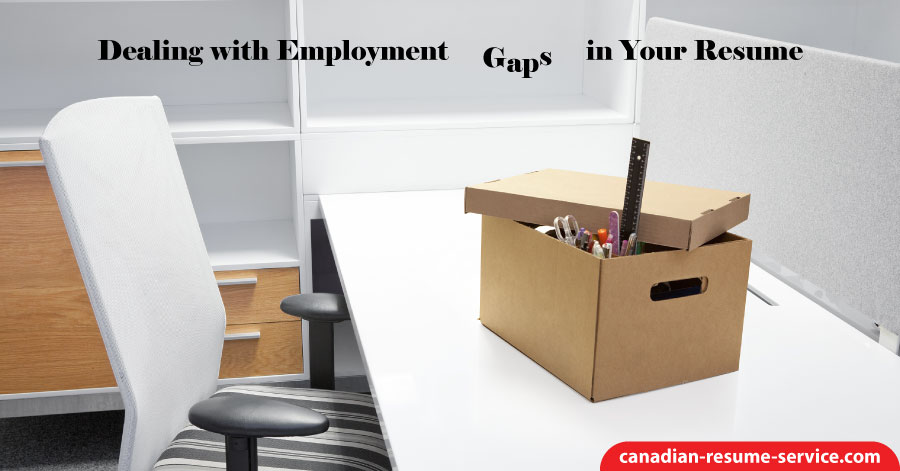Dealing with employment gaps in your resume is an art that needs to be taken seriously. One of the things that you need to include when creating your resume is a list of the jobs you have held. Most experts recommend that you list your previous five places of employment.
At first, writing down the names of the places you have worked at seems simple. When you actually sit down to do it, you quickly learn that it is more complicated than originally thought. You have to list the jobs, time frame, job title, duties, and reason for leaving.
Choosing the correct resume format will be vital to creating the best resume based upon your work history and job target.
Don’t Omit Experiences.
Some people think that they shouldn’t mention temporary jobs, contract jobs, or lost jobs. But if you leave a gap in your resume, the employer will want to know why. People are not perfect, so even if you were fired from a job, you need to list it and the reason you were fired.
Employers want honest workers. Even if you think the skills of a certain job don’t meet the skills you need for this job, list it anyway. The employer may see beneficial skills that you don’t recognize. Even if you took a year off to take care of your mother, you need to explain the employment gap. Unexplained employment gaps on a resume don’t look good.
Employment Gaps in Your Resume – Simple Solutions
Getting Started
To get started, start writing. Don’t worry about writing about your professional skills and accomplishments until later. Start by writing down the reasons why you are working on drafting a new resume.
Consider why you are looking for a new job and what you hope to accomplish when you get it. Eventually, you will use this information to create your resume. If you are making a career transition, there are other modern resume writing strategies to use.
Filling Employment Gaps in Your Resume
If the gap in your employment history is short (less than three months in duration), don’t worry about it. Short gaps between jobs are perfectly normal, and a potential employer won’t give them a second thought. If the gap is longer than ninety days, you will have to explain, which is usually done in your cover letter.
Be Honest about Employment Gaps
When you are explaining a long gap in your employment history, you need to be honest. You don’t want to spin a fantastic story and have your employer find out the truth down the road. If the employer finds out you were dishonest on your resume, they could use that as grounds to dismiss you (and they will always find out). Most employers will appreciate the honesty.
Don’t Hide Work History Gaps.
Don’t try to hide the gaps in your employment history. It is better to leave the gap and explain why the gap exists than to try covering it up. Most potential employers will call your previous employers, and they may ask about the time frame you worked there.
All Your Relevant Skills and Strengths Count
Don’t assume that just because you don’t think a certain job had anything to do with your career objective, it should be left off your resume. You already know that the gap will lead to questions, and it is better to have some form of employment instead of none at all.
The significant thing about writing a resume and then going in for your first interview is to stay positive. The more optimistic you are, the better your chances are of getting hired.
How have you dealt with employment gaps in your resume? Comment and share below! If you’re worried about how to approach a gap, reach out to Candace for assistance!

